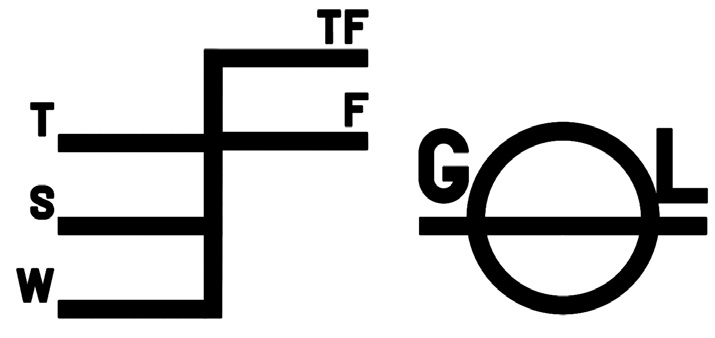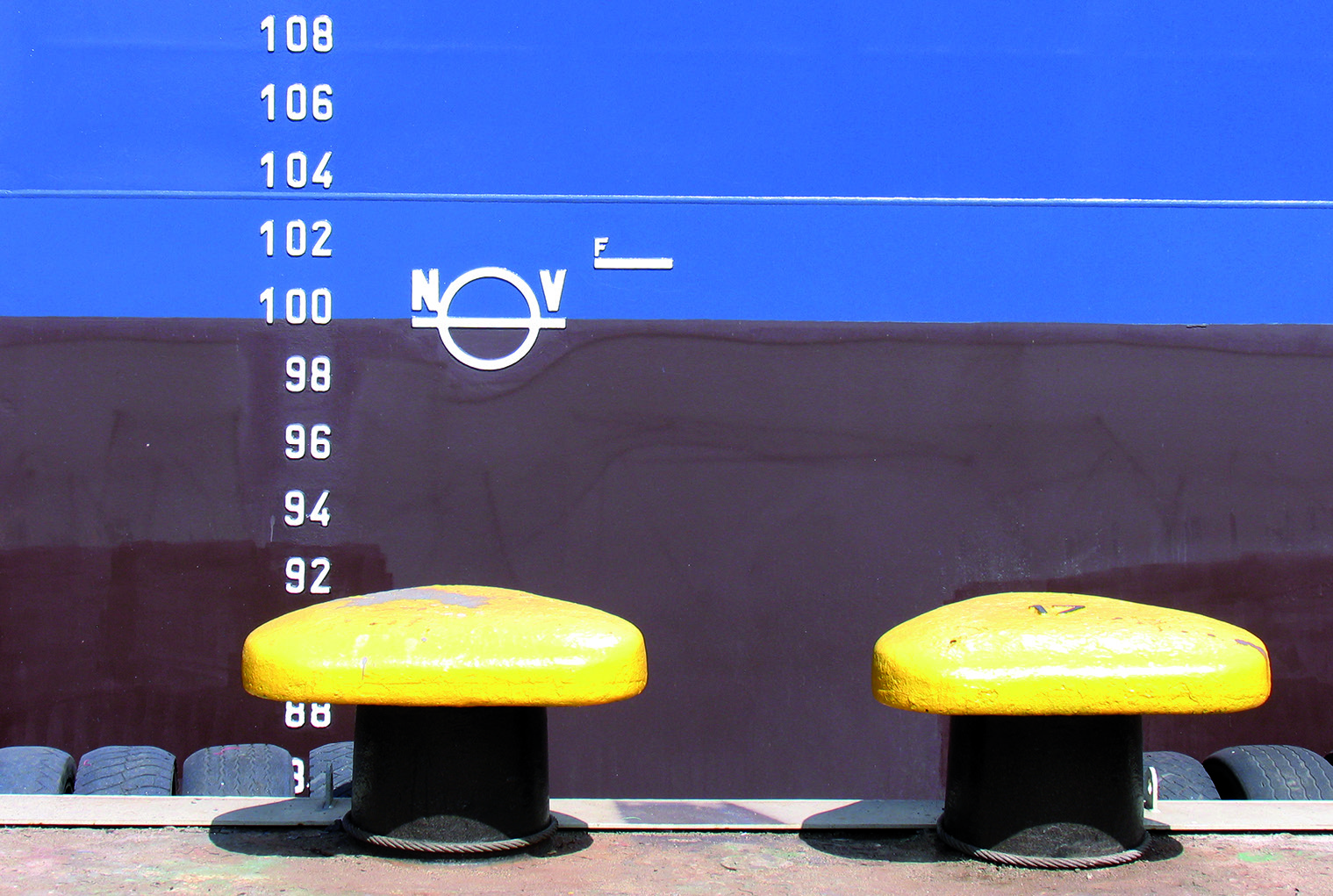

Load line mark
Ships must have a load line mark located amidships on both sides to indicate the maximum allowable draught under specified conditions (geographical and seasonal).
The International Convention on Load Lines 1966 (ICLL 1966) with its Protocol of 1988 is a comprehensive set of regulations to determine the minimum allowable freeboard and defines the conditions of load line assignment. The minimum geometric summer freeboard is computed by taking a freeboard for a standard ship of the same length (provided in tabular form) and correcting it for those geometric properties of the ship which differ from those of the standard one. There are corrections for block coefficient, depth, superstructure, trunks and sheer. The result of this calculation, the load line mark, is permanently marked on the ship hull.
The calculation of the minimum freeboard must be approved by a classification society which defines the eventual location of the load line marks based on the measurement of built vessel. Marks cannot be welded to the sides of the hull during construction, even though some shipyards would be eager to proceed in this manner.
In the case of a ship being assigned a freeboard greater than minimum so that the load line mark is marked at a position corresponding to or lower than the lowest seasonal load, and line assigned at a minimum freeboard is in accordance with the calculation procedure, only the Fresh Water Load Line needs to be marked. Such load lines are termed “All Seasons Load Lines” and are illustrated in the photo.
The assignment of the computed freeboard is conditional upon the prescribed means of protection and closure of openings such as hatchways, doorways, ventilation, air pipes, scuppers and discharges being complied with. Regulations are also included for freeing ports in bulwark to prevent water accumulating on deck, as well as guard rails and walkways to provide safe passage.

